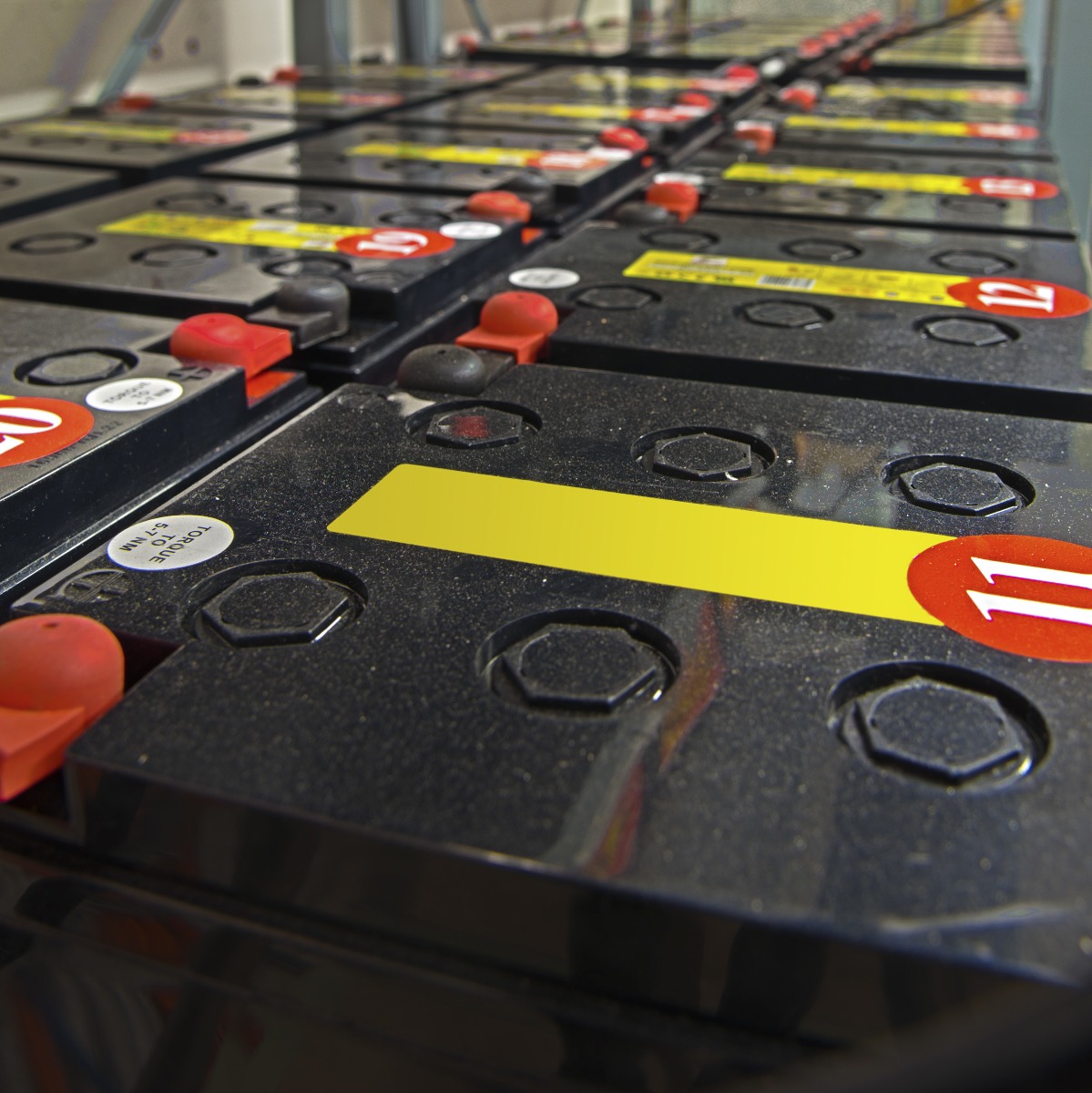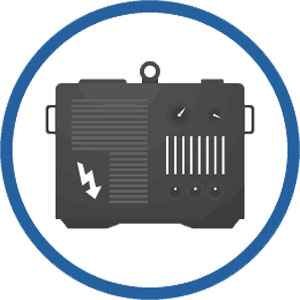Difference - connecting batteries in series or in parallel in a UPS system?
Posted:
June 12, 2023
Categories:
News and Blogs
 When connecting batteries in an uninterruptible power supply (UPS) system, you have the option to connect them in series or in parallel. The main difference between these two configurations lies in how they affect the voltage and current of the UPS system.
When connecting batteries in an uninterruptible power supply (UPS) system, you have the option to connect them in series or in parallel. The main difference between these two configurations lies in how they affect the voltage and current of the UPS system.
- Series Connection: When batteries are connected in series, the positive terminal of one battery is connected to the negative terminal of the next battery, and so on. This configuration increases the total voltage while keeping the current constant. The voltage of each battery adds up, resulting in a higher overall voltage for the UPS system.
Advantages of series connection:
- Higher voltage output: Series connection allows you to achieve higher voltages, which can be beneficial when powering equipment that requires higher voltage levels.
- Longer backup time: With a higher voltage, the UPS system can provide power for a longer duration, making it suitable for applications that require extended backup time.
- Parallel Connection: In a parallel connection, the positive terminals of all the batteries are connected together, as are the negative terminals. This configuration keeps the voltage constant while increasing the total current capacity. The current capacity of each battery adds up, resulting in a higher overall current capability for the UPS system.
Advantages of parallel connection:
- Higher current capacity: Parallel connection allows for a higher current output, which is useful for applications that require a higher load capacity or for devices that draw a significant amount of current during operation.
- Redundancy and fault tolerance: Parallel connection provides redundancy by distributing the load among multiple batteries. If one battery fails, the others can continue to provide power, ensuring uninterrupted operation.
It's important to note that the choice between series and parallel connection depends on the specific requirements of your UPS system and the equipment it powers. Consider factors such as desired voltage levels, current capacity, backup time, and the electrical specifications of your devices to determine the most suitable battery configuration for your UPS system.


























